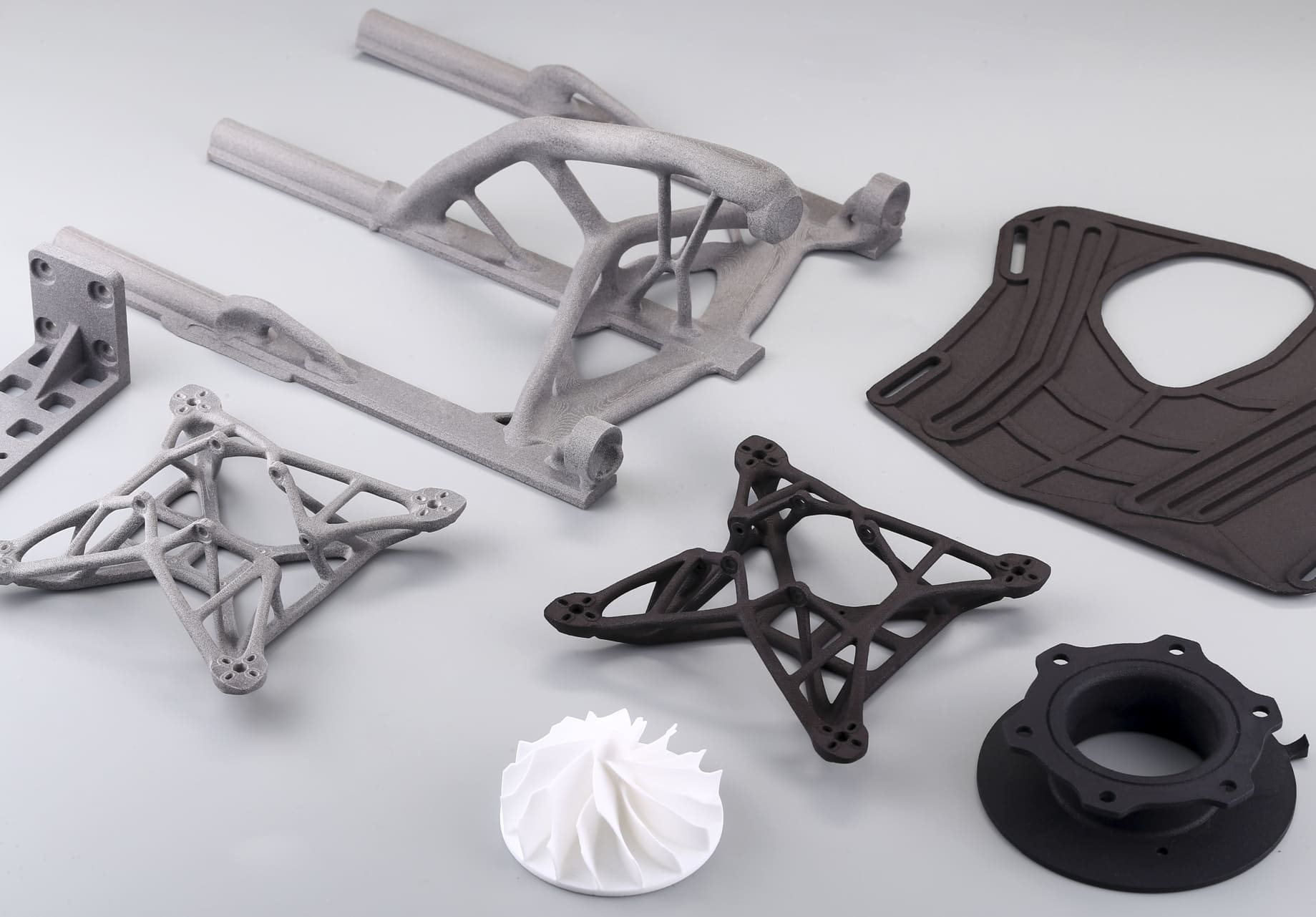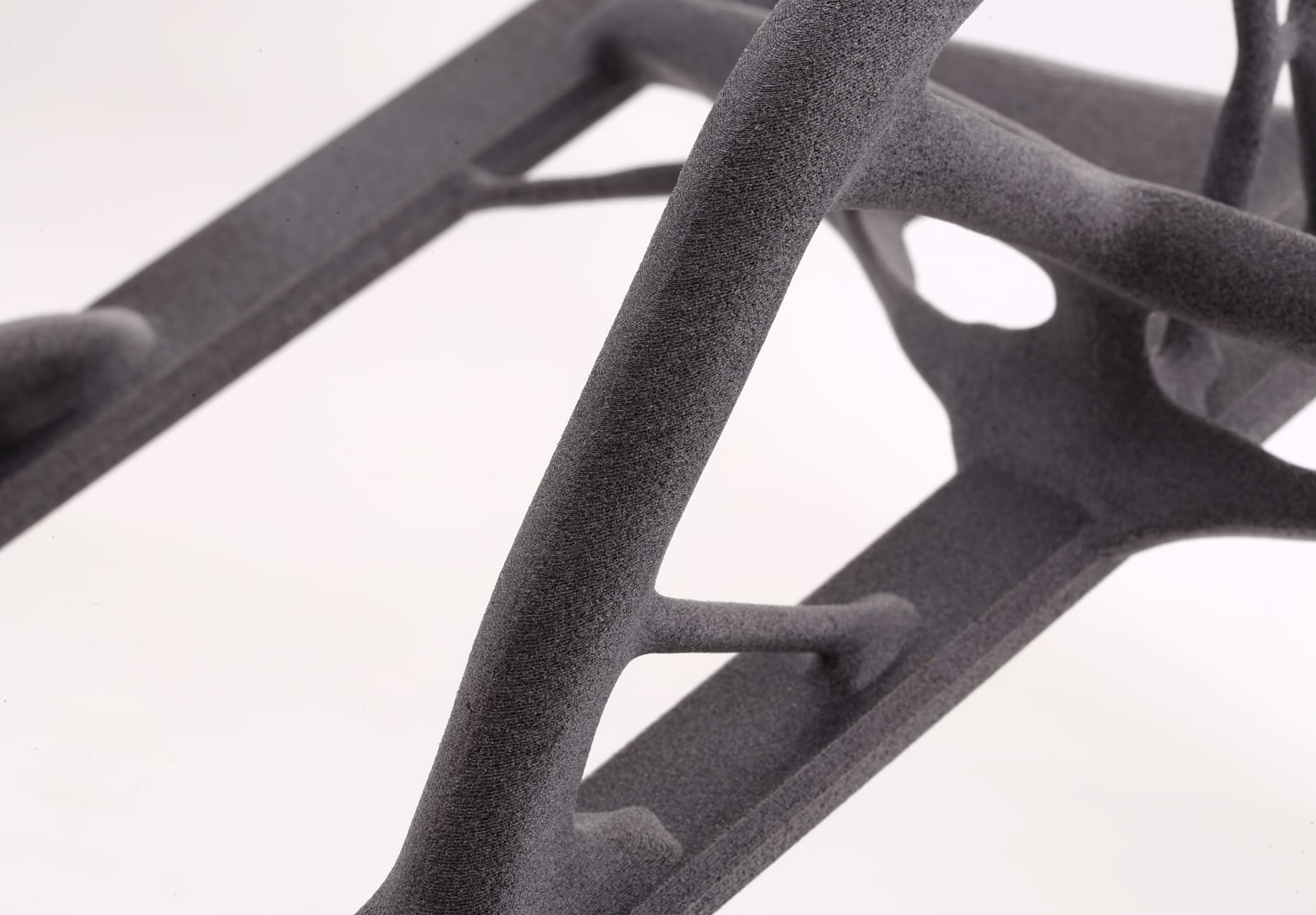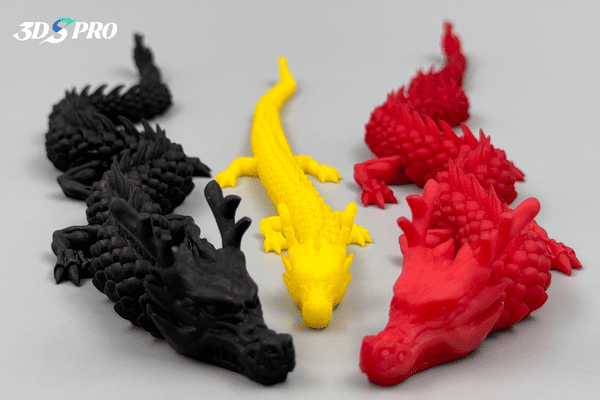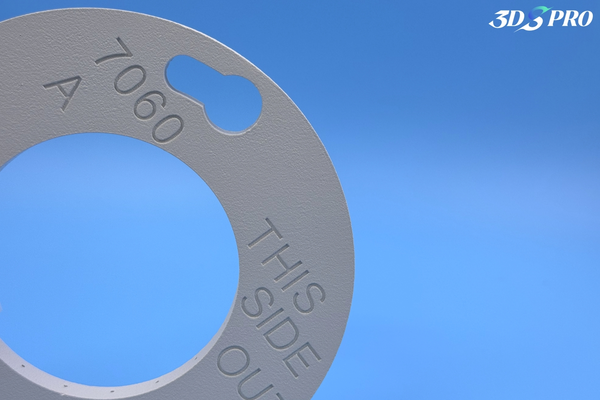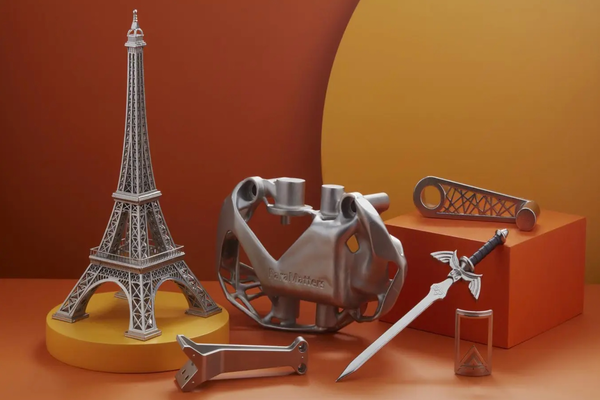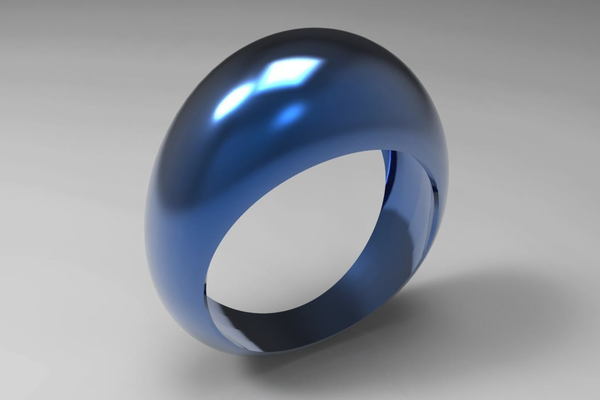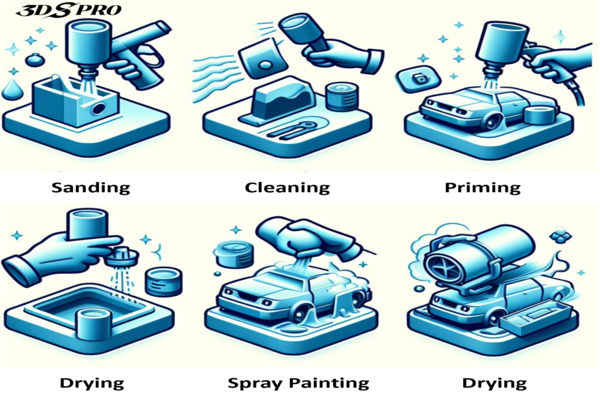What is vapor smoothing in 3D printing post-processing?
Vapor smoothing is a post-processing technique used to enhance the surface finish of 3D printed parts. It involves exposing the printed object to chemical vapors, which slightly dissolve the outer layer of the material, resulting in a smooth and shiny surface.
The process is particularly effective for thermoplastics, where vapors of solvents such as acetone or tetrahydrofuran are used.
The main benefits of vapor smoothing include improved aesthetics, reduced surface roughness, and enhanced mechanical properties, such as increased strength and reduced friction. It is widely used in industries where a high-quality surface finish is critical, including automotive, consumer products, and medical devices.
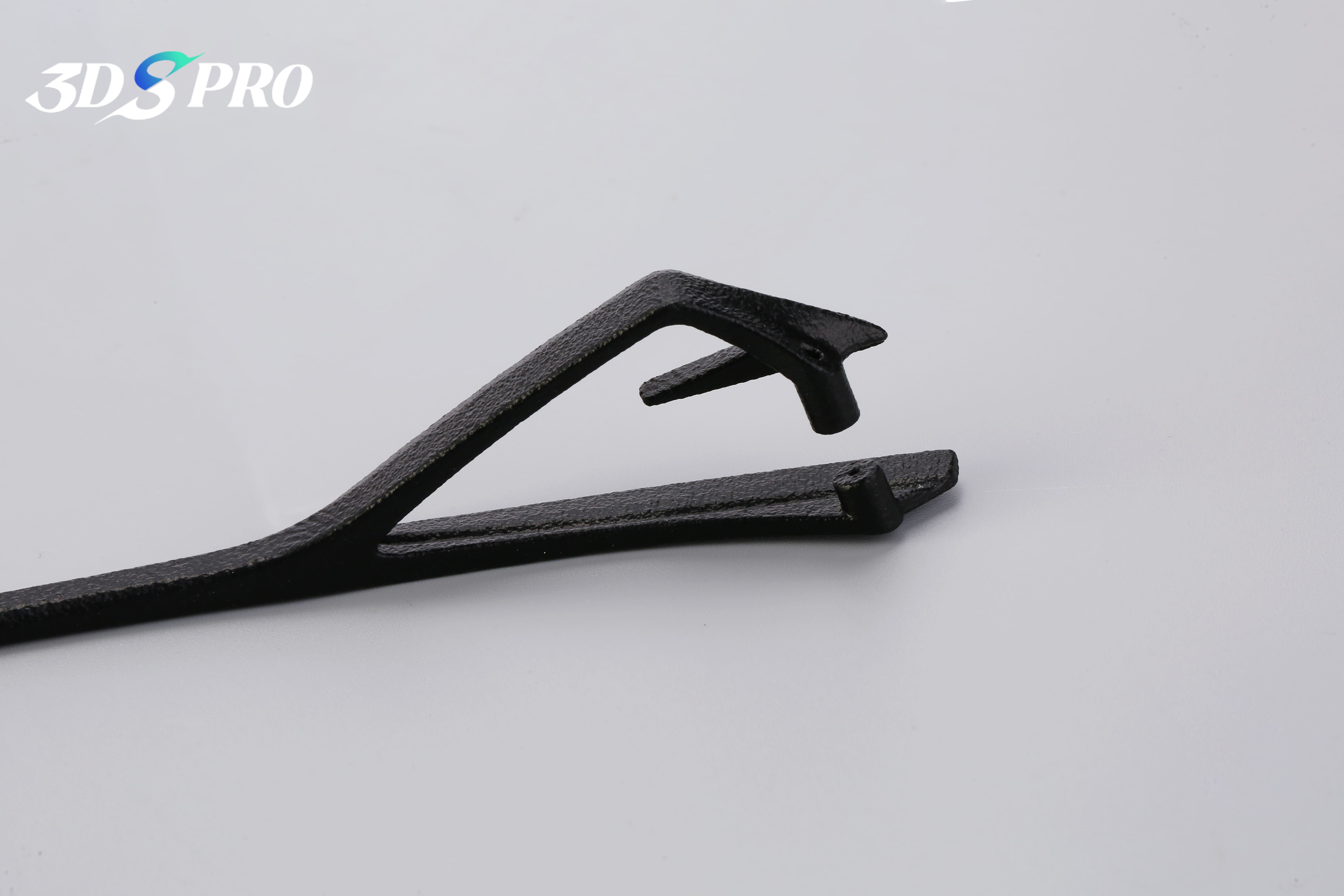
What materials can be vapor smoothed?
Vapor smoothing is particularly effective for certain thermoplastics that react well with specific solvents:
ABS (Acrylonitrile Butadiene Styrene)
One of the most popular materials for vapor smoothing, particularly using acetone vapors. The process significantly enhances its surface finish, making it glossy and smooth.
ASA (Acrylonitrile Styrene Acrylate)
Similar to ABS, ASA can be vapor smoothed using solvents like acetone or MEK (Methyl Ethyl Ketone). It results in a smooth, UV-resistant surface, perfect for outdoor applications.
Nylon (Especially PA 12)
Nylon can indeed be vapor smoothed, but it's less common due to its lower responsiveness to traditional solvents used in vapor smoothing. There are, however, specialized methods and solvents that can achieve a smoother finish on nylon parts, though these might be more intricate or less accessible than the solvents for materials like ABS and ASA. (3DSPRO provides vapor smoothing post-processing services for SLS and MJF 3D printed nylon parts.)
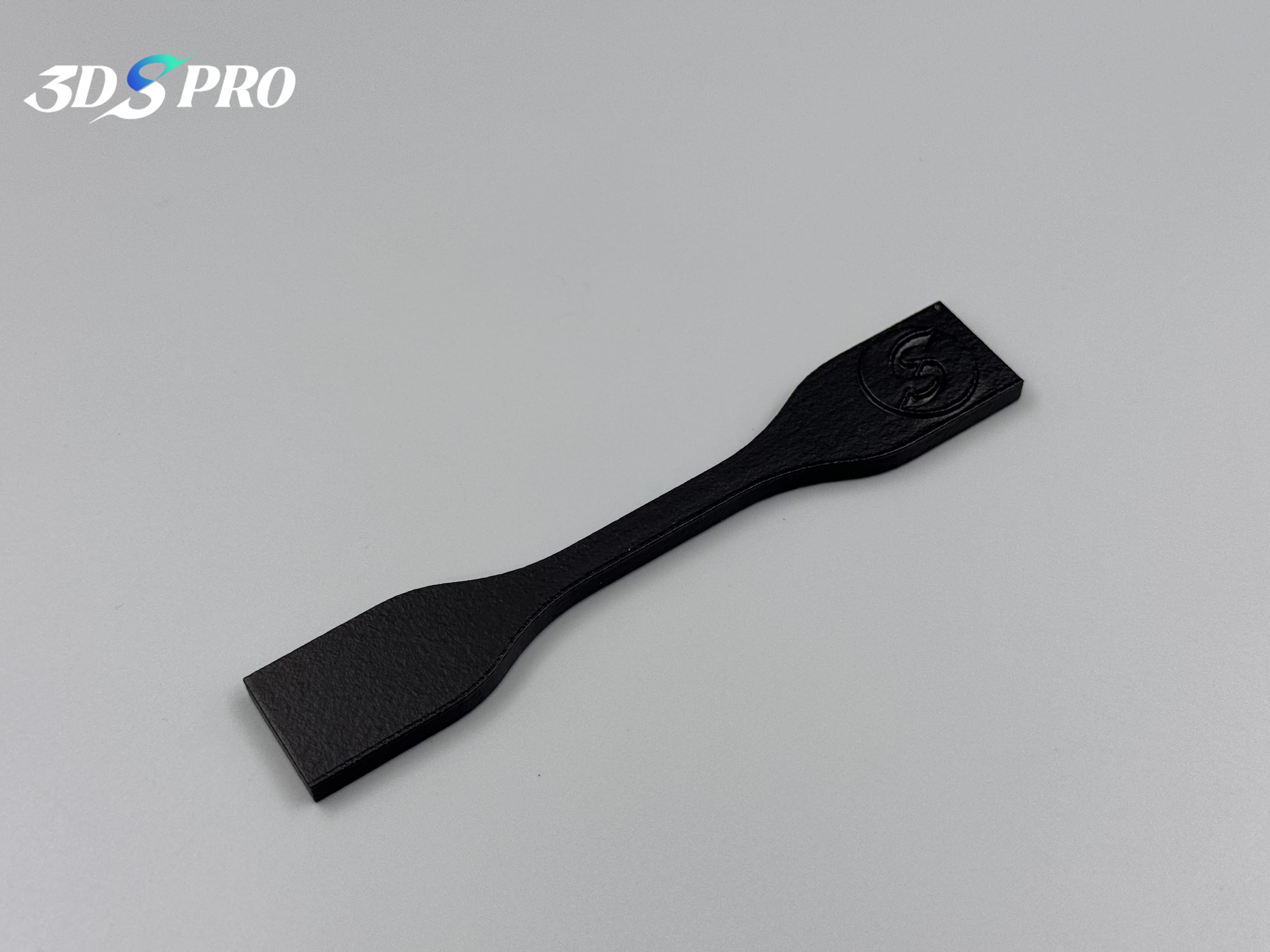
HIPS (High Impact Polystyrene)
Another material that can be vapor smoothed using solvents such as limonene. It shares similar benefits with ABS, providing a smooth and polished finish.
PLA (Polylactic Acid)
While not traditionally vapor smoothed, specialized solvents and techniques can be used to achieve a similar effect on PLA prints, although it's less common due to its lower resistance to chemicals.
PMMA (Polymethyl Methacrylate)
Known as acrylic, this material can be vapor smoothed using solvents like dichloromethane, resulting in a clear and glossy surface finish.
Vapor Smoothing Pros and Cons
Pros
● Enhanced Aesthetics: Vapor smoothing gives 3D printed parts a glossy, smooth finish that looks polished and professional.
● Improved Strength: The process can strengthen the part by reducing surface defects and improving layer adhesion.
● Reduced Post-Processing Time: Achieves a smooth surface in a relatively short time compared to manual sanding or polishing.
● Enhanced Functionality: Smoother surfaces can reduce friction in moving parts and improve the fit and assembly of components.
● Sealed Surface: The chemical smoothing process can seal porous surfaces, making the parts less susceptible to moisture and contaminants.
Cons
● Material Limitations: Not all 3D printing materials are compatible with vapor smoothing; it's mainly effective for certain thermoplastics like ABS and ASA.
● Health and Safety: The process involves handling chemical solvents, which can be hazardous without proper safety measures.
● Potential for Over-Smoothing: Excessive exposure to vapors can lead to deformation or loss of fine details.
● Cost of Equipment: Requires specific equipment to safely handle and apply the chemical vapors, which can be an additional investment.
● Environmental Impact: The use of chemical solvents can have environmental impacts if not managed and disposed of properly.
Vapor Smoothing Process
1. Preparation: Start by ensuring the 3D printed part is clean and free from any dust or debris. This step is crucial to achieve a consistent finish.
2. Setup: Place the part inside a vapor smoothing chamber. This chamber will contain the chemical solvent (such as acetone for ABS or MEK for ASA) that will vaporize and interact with the part.
3. Vapor Generation: Heat the solvent within the chamber to generate vapors. The temperature and duration will vary based on the material and desired finish. It's important to monitor this closely to avoid overexposure.
4. Exposure: The part is exposed to the solvent vapors, which slightly dissolve the surface layers, smoothing out the visible layer lines and creating a glossy finish. The exposure time needs to be carefully controlled to prevent over-smoothing or deformation.
5. Cooling and Curing: Once the desired finish is achieved, remove the part from the chamber and allow it to cool and cure. This step solidifies the smoothed surface and ensures the part retains its new appearance.
6. Post-Processing Inspection: Finally, inspect the part for any inconsistencies or defects in the smoothing process. This step ensures the quality and uniformity of the finish.
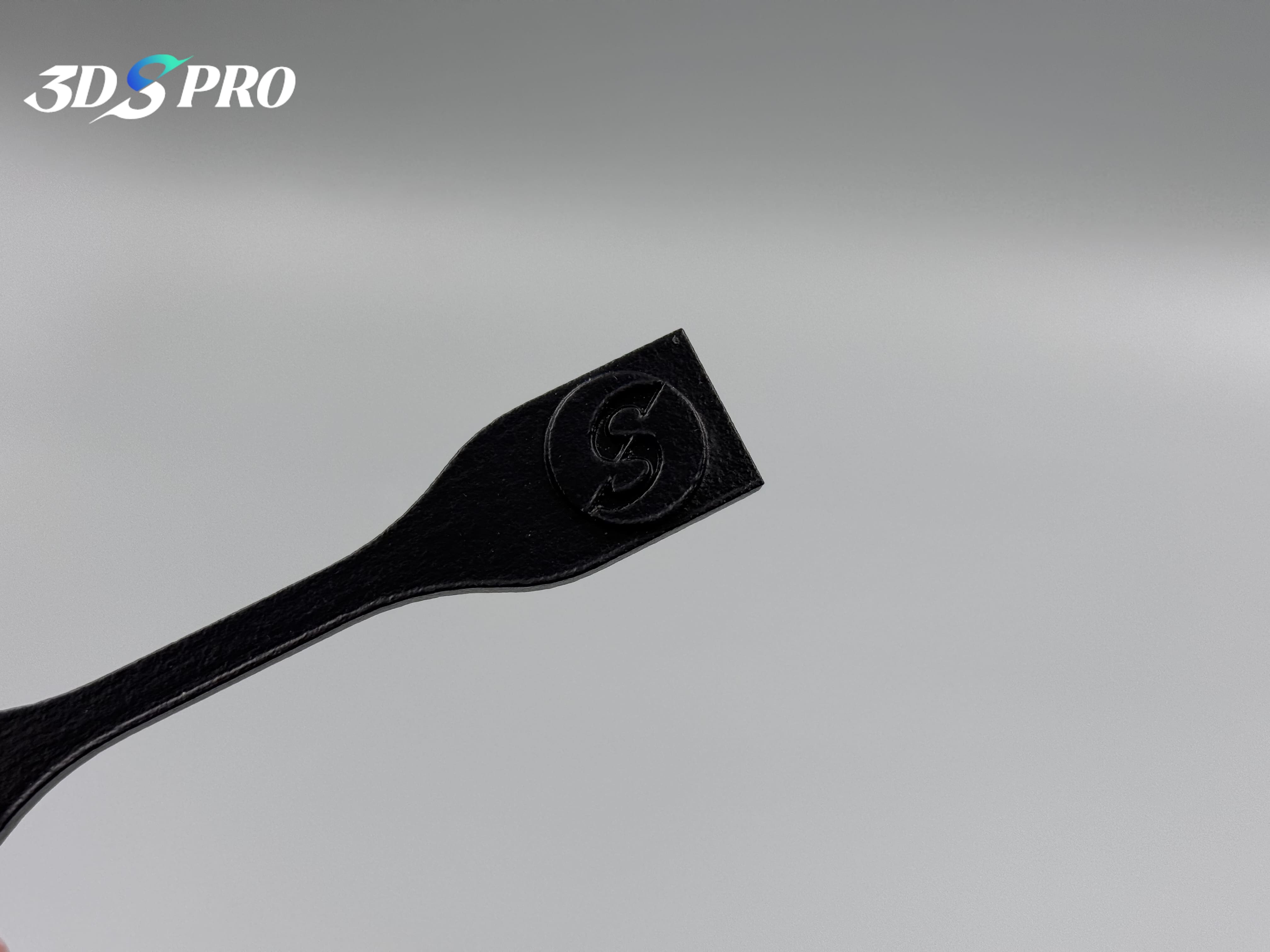
Differences between Vibratory Smoothing and Vapor Smoothing
Vibratory smoothing uses mechanical vibrations to tumble and polish parts with abrasive media, suitable for various materials including metals, and results in a matte or semi-gloss finish. It preserves fine details better and involves less hazardous materials, but it generally takes longer.
On the other hand, vapor smoothing involves exposing parts to chemical vapors that dissolve the outer layer, creating a smooth, glossy finish. At the same time, faster and resulting in a high-gloss surface, Vapor smoothing requires strict safety measures due to the use of chemical solvents and can lead to over-smoothing if not carefully controlled.
3D Plus™ Vapor Smoothing at 3DSPRO
With vapor smoothing, we can deliver a high-gloss, professional finish that transforms standard SLS and MJF 3D printed nylon components into premium, aesthetically appealing products.
By using cutting-edge equipment and proprietary processes, we ensure that each part receives uniform, consistent smoothing without compromising structural integrity. Vapor smoothing is ideal for industries requiring top-notch finishes, such as automotive, consumer electronics, and medical devices.
At 3DSPRO, clients benefit from reduced lead times, strict quality control, and unparalleled customer support. Order vapor smoothing services for your 3D models here:













